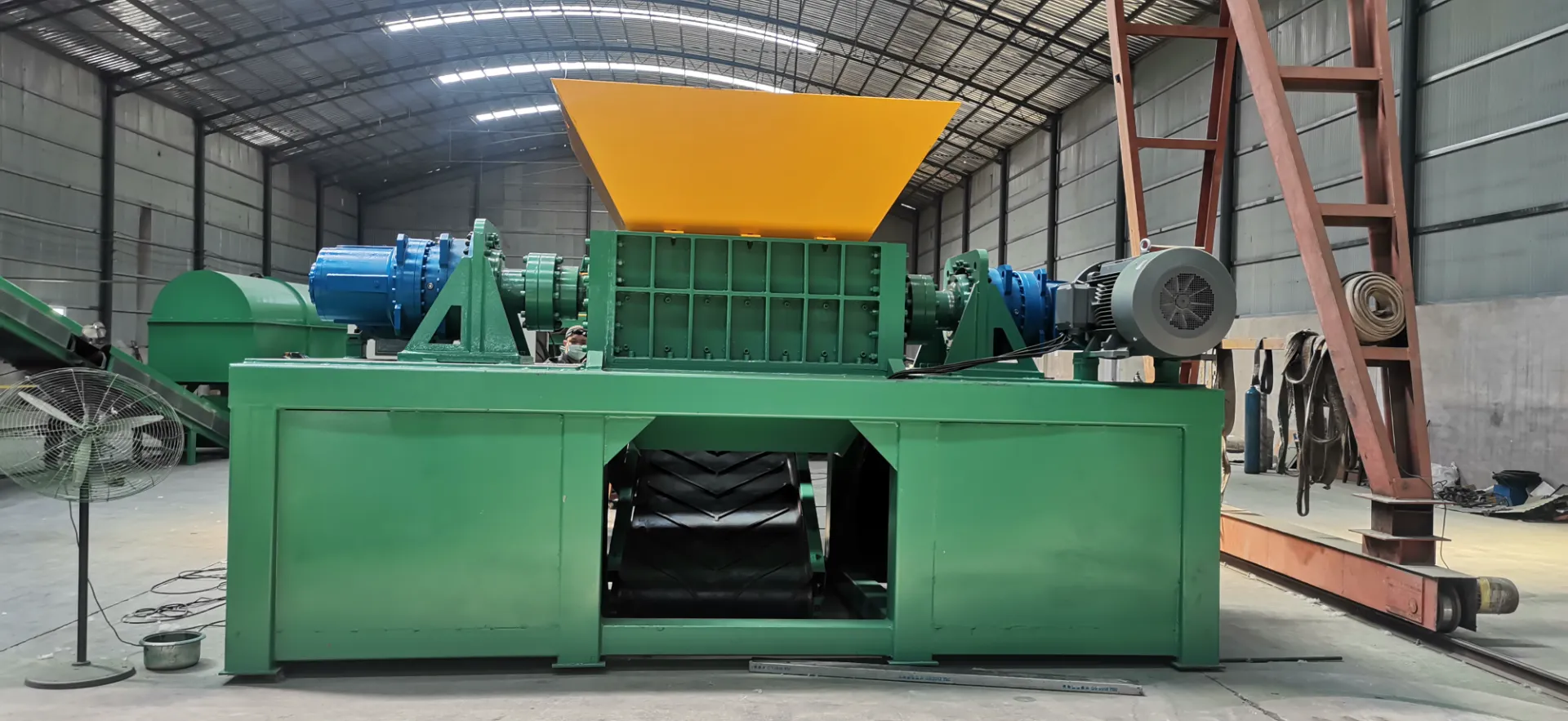Recycling plants play an integral role in managing metal waste, ensuring valuable materials are reclaimed and repurposed. The sorting process in these facilities is a sophisticated operation that involves a blend of technology, engineering, and thoughtful strategy. As someone who has studied and observed these processes extensively, I am thrilled to offer insight into the advanced methodologies and equipment utilized in the sorting of metals at these plants.

The journey begins when metal waste arrives at the facility, typically as a mix of various materials. The initial step is the assessment and preparation, where workers visually inspect and manually sort out oversized items and potential contaminants. This hands-on stage is crucial for ensuring that only recyclable materials proceed to the next steps, reinforcing the plant's reliability.
Highly effective, automated machinery then takes over. The conveyor belts transport the metal to vibrating separators, which aid in distributing the materials evenly for subsequent sorting technologies. Understanding the specifics of different metals is an expertise essential for operators, as it helps determine the ideal settings for the machinery that will follow.

One of the primary sorting technologies is the use of magnets, a process founded on electromagnetism principles. Magnets are adept at extracting ferrous metals (such as iron and steel) from mixed recyclables. These metals are highly magnetic and are easily lifted away from the non-magnetic substances by over-belt magnets. The role of magnets cannot be overstated, given that ferrous metals are hugely prevalent in everyday waste.
For non-ferrous metals like aluminum, copper, and brass, alternative sorting methods are employed. Eddy current separators are utilized to detect and sort these materials. This ingenious technology induces a current when non-ferrous metal pieces pass through a magnetic field, effectively repelling them out of the waste stream. The science behind eddy current separators highlights both expertise and innovation, as it leverages the principles of electricity and magnetism to selectively sort metals.
how are metals sorted in recycling plants
Another critical exoteric technology is optical sorting, which enhances the precision of metal sorting. This involves the use of cameras and sensors that identify materials based on their reflective properties. Optical sorting systems are fine-tuned for recognizing barely visible differences in color, shape, and size, ensuring that metals are categorized accurately.
This process underscores the importance of continued investment in high-tech systems within recycling plants.
Beyond the technological components, expertise in materials science is crucial. This expertise allows for the understanding of metal properties, oxidation states, and potential contaminants, ensuring cleaner end products are produced. Skilled staff play a pivotal role, ensuring machinery functions correctly and maintenance schedules are adhered to. They embody trustworthiness – a core virtue required to meet environmental standards and produce high-quality recycled materials.
Water-based metal sorting techniques, such as sink-float separation, further highlight the innovation in these plants. This method involves the use of water to separate heavy metals from lighter waste materials. The density differences facilitate separation, with heavier metals sinking while lighter materials float to the surface. This system is particularly adept at sorting varied metal types, ensuring a high degree of purity for the extracted metals.
On a product-focused level, understanding how metals are sorted opens up prospects for innovations in recycling technologies and the development of new equipment. Entrepreneurs and companies keen on advancing recycling methods can derive inspiration from these processes, prompting global growth in eco-friendly and sustainable practices.
The processes discussed here exemplify the pursuit of efficiency, reliability, and technological advancement in the recycling industry. Recycling plants not only contribute to waste reduction but also advance the circular economy by reclaiming metals with minimal environmental impact. Their operations reflect an expertise and authority in resource management, directly contributing to a more sustainable future. As technology evolves, these methods will continue to adapt, remaining at the forefront of responsible waste management.


